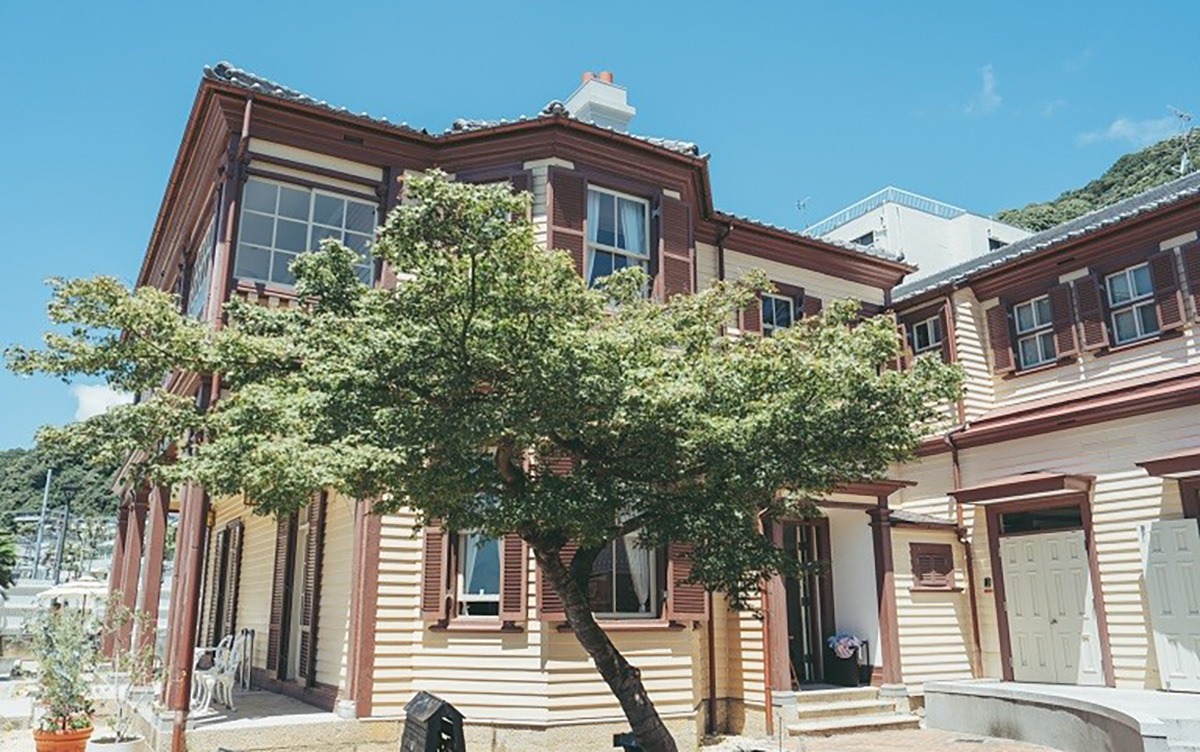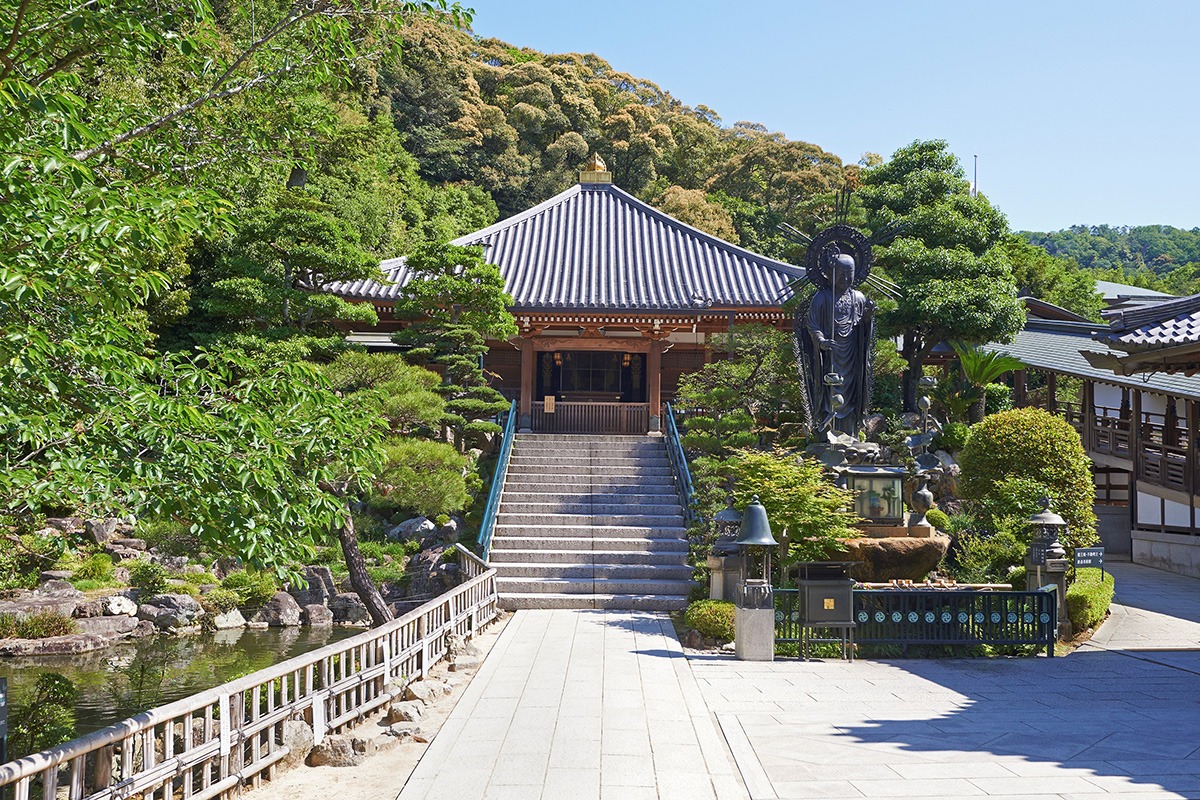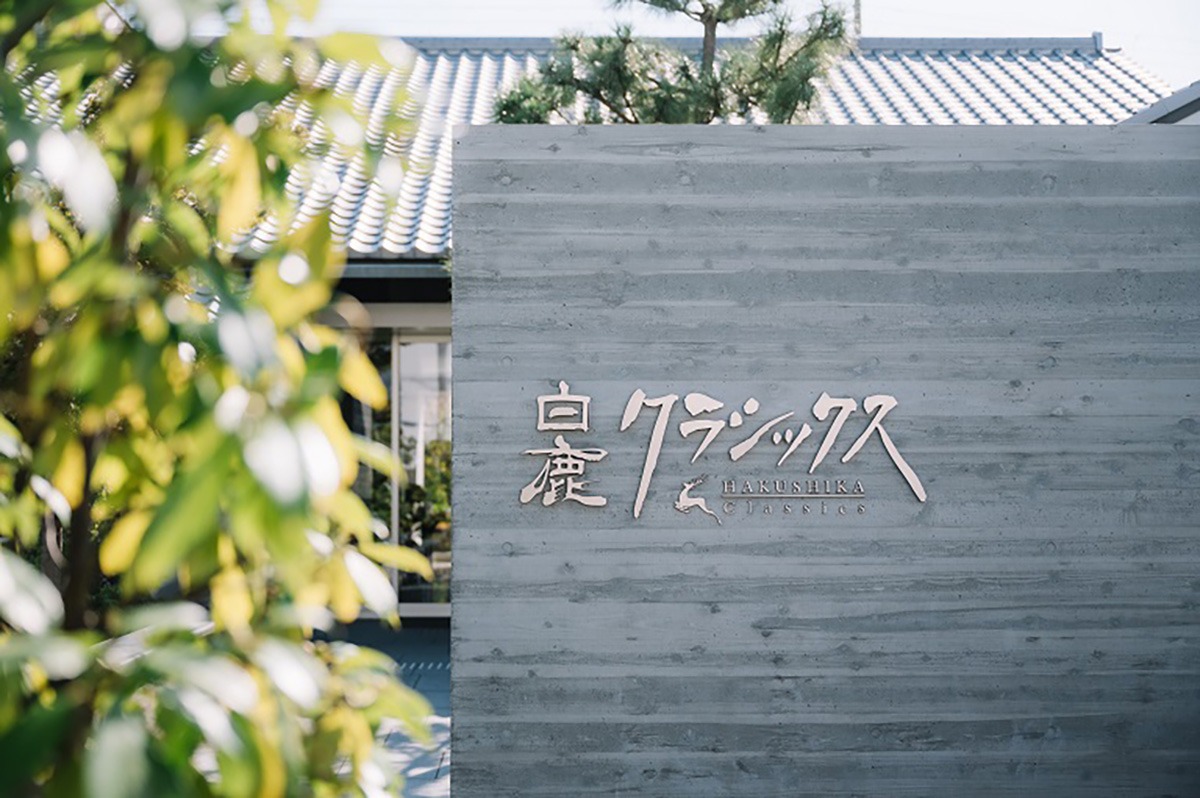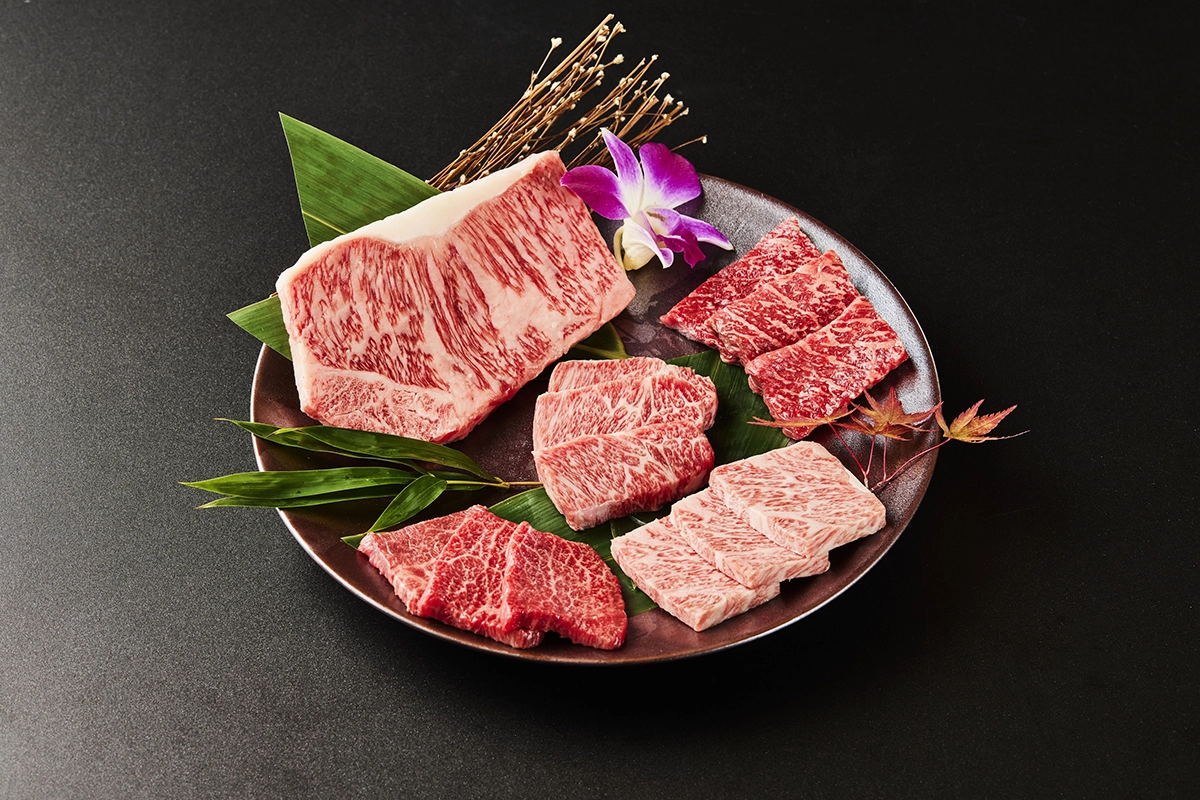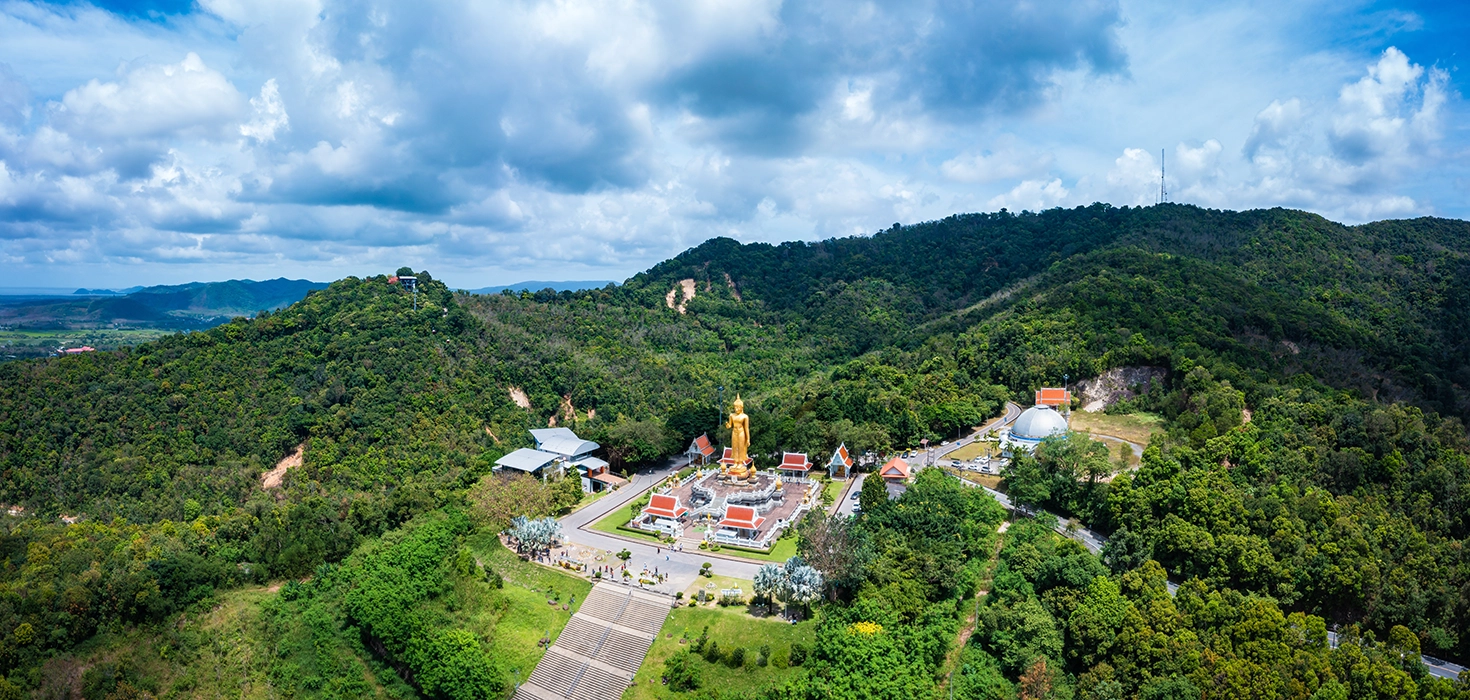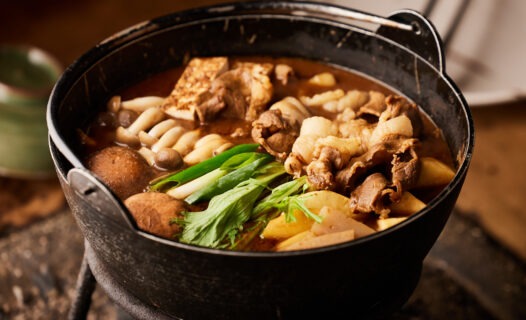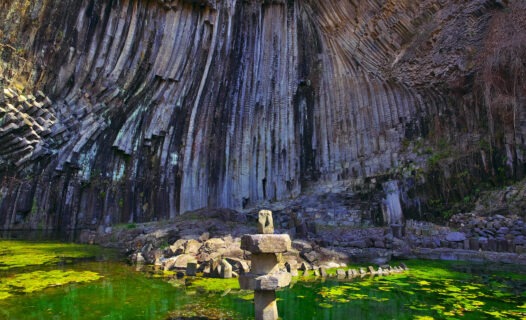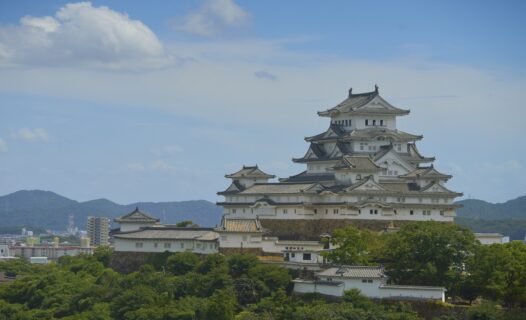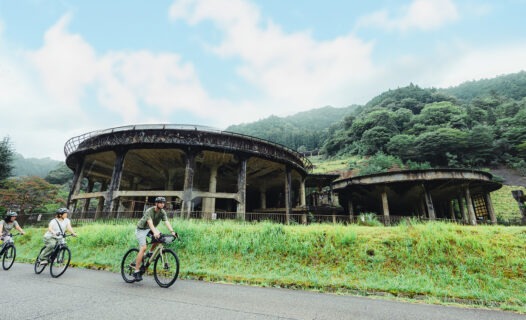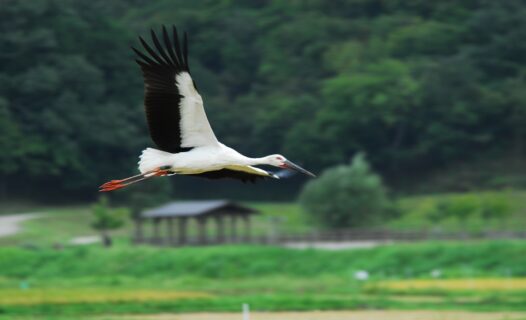Just 12 minutes by Shinkansen from Shin-Osaka lies Shin-Kobe, a station steeped in history since Kobe Port’s opening in 1868. Over time, the area became a hub for foreign residents, quickly adopting Western culture—an influence that extended to the neighboring city of Takarazuka, earning its reputation as a town of culture and arts. Indeed, Hyogo Prefecture’s Kobe-Kitano, Sannomiya, and Takarazuka are picturesque at every turn, making them a hit with influencers. Over two days, we explored some of their top spots as selected by photographers.
Day 1 – Kitano Ijinkan: A Must-Visit for Photographers!
Weathercock House, about a 10-minute walk from Shin-Kobe Station. Though closed for renovations until spring 2025, visitors still flock to admire its exterior.If you’re looking for a photogenic trip, start at the Kitano Ijinkan district, famous for its iconic Weathercock House (formerly the Thomas Residence). Strolling along the cobblestone paths, you’ll notice its distinctive red-brick silhouette perched on the hill. The charming weathercock atop the spire of this mansion, built around 1909 as the residence of wealthy German trader Gottfried Thomas, makes for a delightful snap.
Weathercock House
Address: 3-13-3 Kitanocho, Chuo-ku, Kobe, Hyogo 650-0002
The corridor on the second floor is a true hidden gem. Natural light filters in beautifully, making for effortless photos. Up next, just a two-minute walk from Weathercock House, is Rhine House. Built in 1915 by Mme. J. R. Drewell of French birth, the building is named after the straight lines (“Rhine” and “line” are pronounced the same in Japanese) of the clapboard siding. Some say the roof’s traditional Japanese tiles give it a unique blend of Western and Japanese styles—why not visit and see for yourself?
Rhine House
Address: 2-10-24 Kitanocho, Chuo-ku, Kobe, Hyogo 650-0002
Tel.: 078-222-3403
Kobe’s Bay Area and Former Foreign Settlement: Photogenic Hotspots
SEASONAL LUNCH: A full-course meal to savor the season’s flavors. Weekdays 6,000 yen, weekends and holidays 6,800 yen. Time flies when you’re busy taking photos. For lunch, head to the Oriental Hotel Kobe’s 17th-floor Main Dining by The House of Pacific. Located on the main street of the former foreign settlement, step inside and enjoy a gourmet course meal with stunning views overlooking the city of Kobe—just don’t forget to take a picture!
Oriental Hotel Kobe, Main Dining by The House of Pacific
Address: 25 Kyomachi, Chuo-ku, Kobe, Hyogo 650-0034
Hours:
Breakfast: 7:00–10:30 (LO 10:00)
Lunch: 11:30–16:00 (LO 14:00)
Dinner: 17:30–22:00 (Mon–Thu, LO 20:00)
17:00–22:00 (Fri–Sun & holidays, LO 20:00)
Tel.: 078-326-1577 (restaurant reception)
The former foreign settlement in Kobe is filled with spots where just the backdrop of a building is enough for a perfect picture. In the afternoon, take a stroll around the Kobe’s nearby former foreign settlement. Developed as a workplace for foreigners when the port of Kobe opened, the area was planned using European urban design techniques, with grid streets, roadside trees, and streetlamps still reflecting the vestiges of the past. The streets, lined with old-fashioned buildings from the late nineteenth to early twentieth century, exude a foreign charm and are popular for wedding photo shoots.
Tonight’s Onsen: Urban Sophistication or Hidden Retreat?
The carbonated hot springs of Takarazuka Onsen are the origin of Japan’s popular “Wilkinson Tansan” soda.
After all that walking, there’s nothing better than a soak in the hot spring. About 40 minutes by train from Kobe, you’ll find Takarazuka Onsen, and three stations further, Takedao Onsen. Takarazuka Onsen is conveniently located near the station, perfect for anyone wanting to enjoy the nightlife. Take your pick from elegant hotels or modern Japanese ryokan for your stay.
Takedao Onsen offers serene settings of lush greenery on all sides, tucked away in the Mukogawa Gorge.
Takedao Onsen, on the other hand, is nestled in the mountains, offering an open-air bath experience surrounded entirely by nature—the ultimate quiet retreat at a traditional onsen inn.
Whether the urban sophistication of Takarazuka Onsen or the secluded charm of Takedao Onsen, both hot springs offer sumptuous stays well worth experiencing.
Day Two: Capture One-of-a-Kind Photos at a Hidden Spot
Enjoy a delicious, iced coffee at Coffee Stand Wily along the temple path.
On your second day, why not head over to the little-known but much-loved temple path leading to Kiyoshikojin Seicho-ji Temple . The 1.2 km path, stretching from Hankyu Kiyoshikojin station all the way to the temple, is lined with countless shops, a rich amalgam of historic and stylish, new establishments—juxtapositions like this are just where you can let your creativity shine.
Affectionately called “Kojin-san,” the temple is known to house the deity of fire or deity of the hearth.
At the end of the path, you’ll find Kiyoshikojin Seicho-ji Temple. This syncretic temple, combining elements of both Shinto and Buddhism, was founded in 896. Its grounds exude a deep sense of history and the temple, surrounded by nature, is a haven for visitors to enjoy beautiful scenery year-round.
Kiyoshikojin Seicho-ji Temple
Address: 1 Yoneya Kiyoshi, Takarazuka, Hyogo 665-0837
Tel.: 0797-86-6641
Lunch of the day: the “Omi Beef Junmai Kasujiru Hot Pot and 100% Soba Noodle Course” (6,000 yen, incl. tax).
Try the “Sake Tasting Set” (1,180 yen, incl. tax) served in original o-choko (sake tasting cups).
For lunch, travel about an hour by train and bus to Nishinomiya’s Hakushika Classics. This restaurant, run by a sake brewery with 358 years of pedigree, offers a selection of sake-related products. The hot pot dishes, made with broth from Hakushika sake lees, are especially popular. Don’t miss out on the exclusive “Sake Tasting Set,” offering you the opportunity to savor the crisp, refreshing, true taste of sake, including freshly pressed, dry genshu (raw sake) and aged daiginjo.
Hakushika Classics (restaurant)
Address: 7-7 Kurakake-cho, Nishinomiya, Hyogo 662-0926
Hours
Lunch: 11:00–15:00 (weekdays, LO 14:30);
11:00–15:30 (weekends/holidays, LO 14:30)
Dinner: 17:00–22:00 (LO 21:00)
Closed: Mondays and Tuesdays
Tel.: 0798-35-0001
The Journey Continues: Awaji Island and Shikoku
The Akashi Kaikyo Bridge spans the Akashi Strait between Kobe and Awaji Island. Shikoku lies beyond the Awaji Island.
As you look back over the charming selection of photos from your journey, board a highway bus from Sannomiya and cross the Akashi Kaikyo Bridge to Awaji Island. As the breathtaking seascape unfolds before you, beckoning you to snap even more pictures, it becomes quite clear that the photogenic delights of this trip are far from over.
Access to Hyogo Prefecture
Hyogo Prefecture is accessible by Shinkansen (JR) from Tokyo, Osaka, and Kyoto. Travel by air to Kansai International Airport is also convenient, with limousine bus services to Shin-Kobe available from the airport.
The Takarazuka area, featured in this article, can be reached from JR Sannomiya or Hankyu Kobe-Sannomiya stations. Both stations are one stop away from Shin-Kobe, with a transfer at Sannomiya metro station.
After your journey in Hyogo Prefecture, consider continuing your trip from Shin-Kobe to Shikoku by bus, or to Kyushu by Shinkansen (JR).



